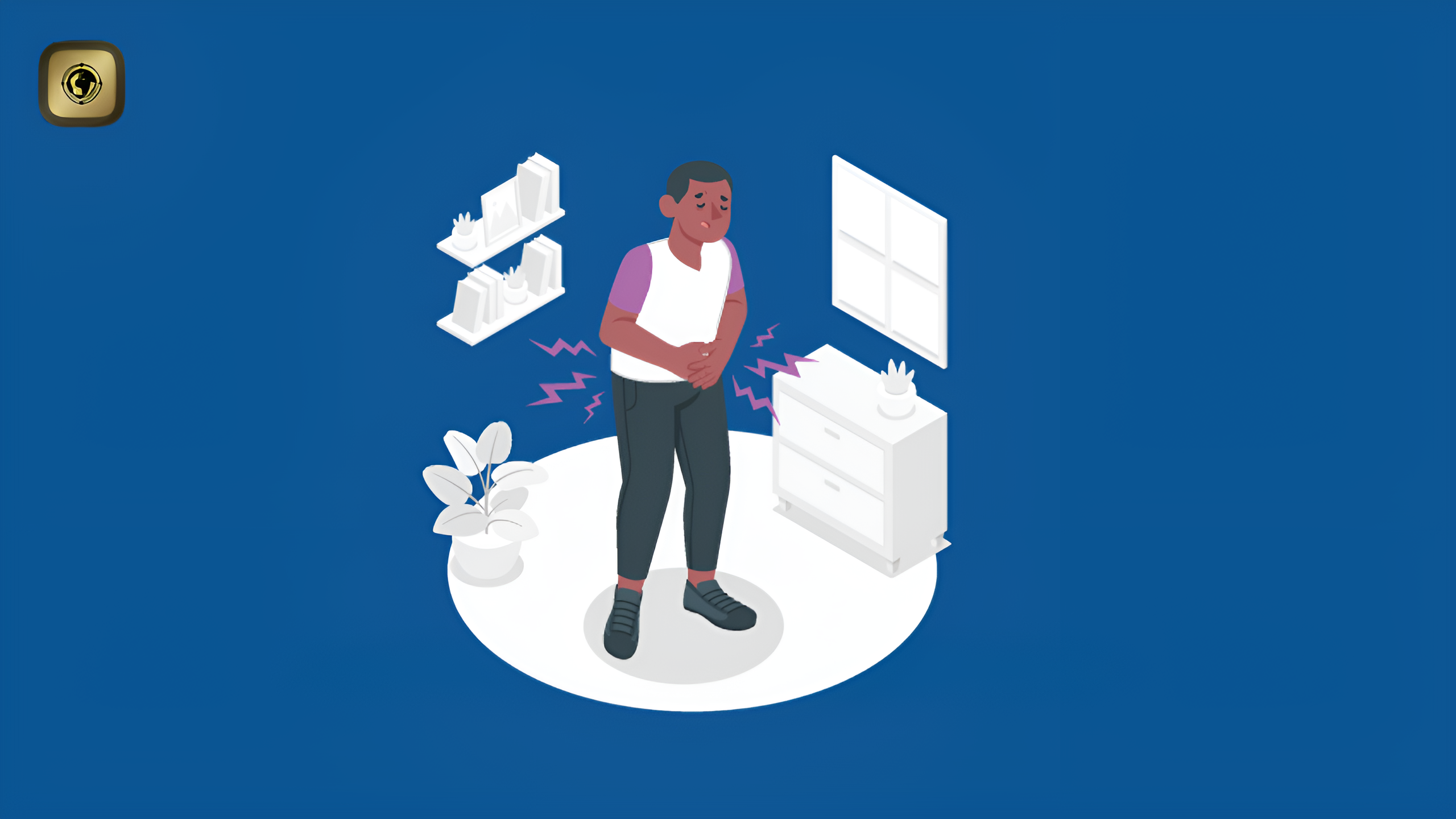March 27, 2025
What is piles?
- Piles is a condition that troubles numerous individuals. It is a circumstance where the veins surrounding the anus enlarge, resulting in pain, bleeding, and discomfort. Piles are often called hemorrhoids. There may be various reasons for piles, including constipation, extended sitting, or pregnancy. If you have piles, do not panic. Numerous home remedies and medical treatments exist that can offer relief.
What Are the Types of Piles? Recognizing the different types of piles is essential for its treatment:
Internal Piles: These develop inside the rectum and typically do not cause pain, but can bleed during bowel movements.
External Piles: These occur outside the anus and may cause pain, itching, and swelling.
Thrombosed Piles: These result from blood clots and can be extremely painful.
Prolapsed Piles: These are severe forms of piles that extend outside the rectum and cannot be pushed back inside.
Strangulated Piles: These piles become deprived of blood supply and may lead to serious complications.
What Happens When Piles Get Worse?
- As piles or hemorrhoids become more severe, various issues can emerge. First, the swelling and pain around the anus escalate. Bleeding may occur more frequently, contributing to weakness. In some situations, the swelling becomes so extreme that the hemorrhoids extend from the rectum and cannot be reinserted. Moreover, the likelihood of infection rises, resulting in fever, heightened pain, and swelling. If piles become immensely severe, they can disrupt daily activities such as sitting, standing, or walking. Therefore, if you suspect your piles are deteriorating, it is crucial to reach out to a doctor immediately.
What Causes Piles?
The primary causes of piles involve swelling in the veins surrounding the anus:
Constipation: When you are constipated, you must apply more pressure during bowel movements, which intensifies pressure on the veins surrounding the anus, resulting in piles.
Heavy Lifting: Lifting heavy items also exerts pressure on the veins surrounding the anus and can lead to piles.
Pregnancy: The expanding belly during pregnancy exerts pressure on the veins around the anus, heightening the risk of piles.
Prolonged Sitting or Standing: Remaining in one position for an extended duration can also result in piles.
Diarrhea: Frequent diarrhea can lead to swelling in the veins surrounding the anus and cause piles.
What Are the Symptoms of Piles?
- The symptoms of piles can differ among individuals, but some common symptoms to watch for include:
Pain Around the Anus: Piles can induce pain, itching, and burning feelings around the anus. This pain can worsen during bowel movements.
Bleeding: Bright red blood in the stool is a significant symptom of piles. This blood may appear in the stool or on toilet paper.
Swelling: You might experience swelling or a lump around the anus. This swelling can intensify when sitting or standing.
Mucus Discharge: Mucus or a sticky substance may be discharged along with stool, which is also a symptom of piles.
Constipation: Piles can result in constipation, making bowel movements challenging.
Treatment for Piles The signs of piles consist of pain, itching, bleeding, and swelling. There are various approaches to treating piles, based on their severity and the person’s symptoms:
Home Remedies: You may attempt some home remedies to find relief from piles. These consist of drinking ample water, following a fiber-rich diet, exercising regularly, taking warm sitz baths, and using over-the-counter multi-modal products. Such remedies may assist in alleviating swelling and pain.
Medications: Medications can be very effective in addressing piles. Pain relievers such as paracetamol or ibuprofen can help minimize pain and swelling. Laxatives can ease bowel movements by softening the stool. Furthermore, topical creams and suppositories can assist in reducing swelling and itching.
Medical Procedures: If piles become serious, healthcare professionals may recommend medical procedures, including rubber band ligation, sclerotherapy, and coagulation therapy. In rubber band ligation, a rubber band is positioned at the base of the pile to cut off the blood supply, leading to the pile’s shrinkage. Sclerotherapy involves the injection of a medication into the pile that causes it to shrink.- Coagulation therapy entails using a specialized device to burn the pile, resulting in its shrinkage. If these treatments are ineffective, surgery might be considered a viable option.
What to Eat for Piles? Certain foods can offer significant relief from piles:
Fiber-Rich Diet: Fiber aids in softening the stool, making bowel movements more manageable. Good sources of fiber include whole grains, fruits, vegetables, and lentils.
Water: It is crucial to drink plenty of water to maintain soft stool consistency.
Yogurt: Yogurt is rich in probiotics that enhance digestion.
Coconut Water: Coconut water hydrates the body and supports digestion.
What Not to Eat for Piles? Individuals with piles or hemorrhoids should refrain from consuming certain foods as they may exacerbate constipation and worsen the piles condition:
Spicy and Fried Foods: These are high in oil and spices, which can disrupt the digestive system and result in constipation.
Processed Foods: Packaged foods are often loaded with salt and preservatives that can aggravate constipation.
Dairy Products: Some individuals experience gas and bloating from dairy, so intake should be limited.
Caffeine and Alcohol: Caffeine and alcohol can dehydrate the body, potentially worsening constipation.
Summary Piles is a prevalent issue, but there’s no reason to be alarmed. Numerous home remedies and medical treatments exist for relief. However, if your piles escalate in severity or if you experience ongoing discomfort, it is essential to consult a healthcare provider.- .



Leave A Comment